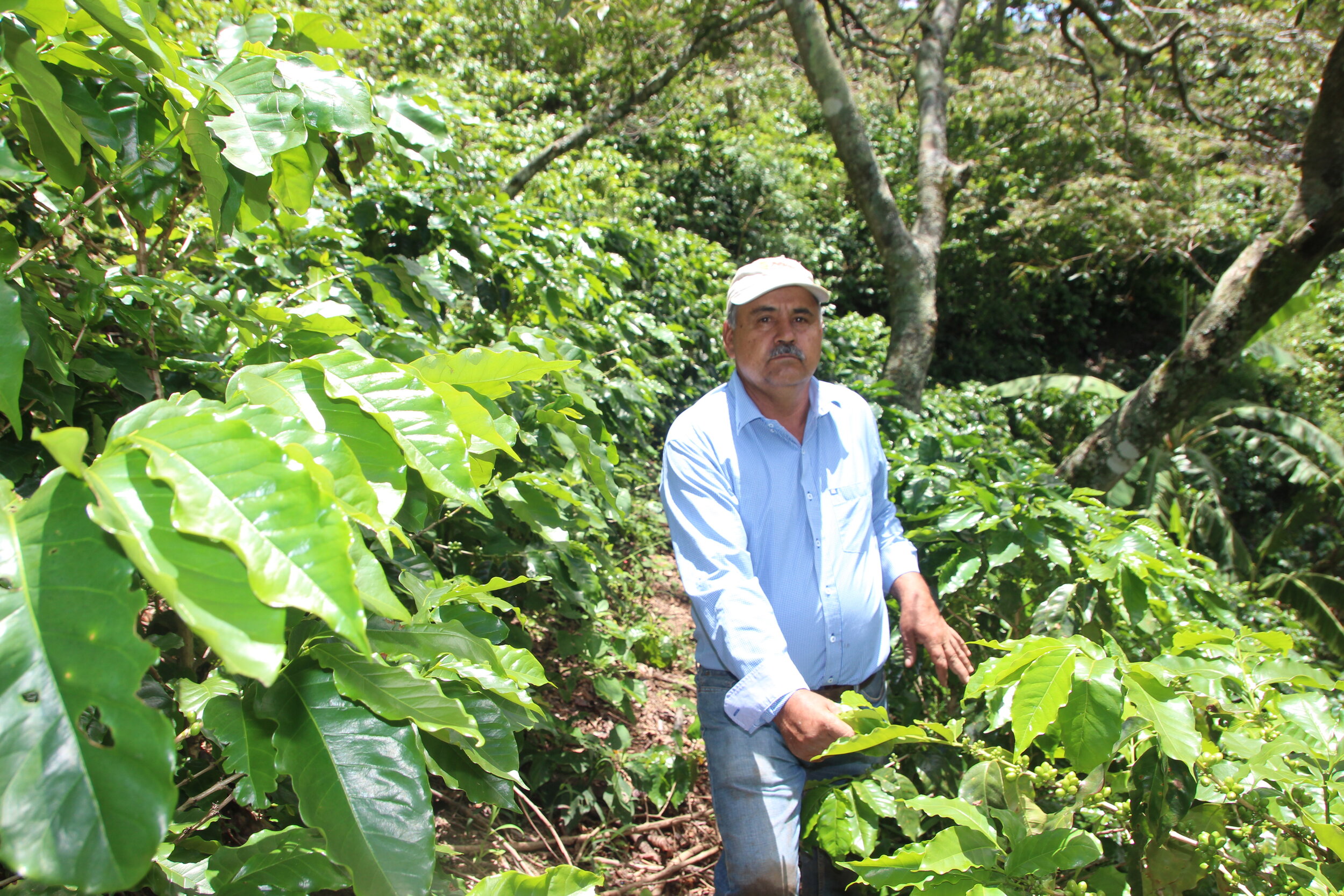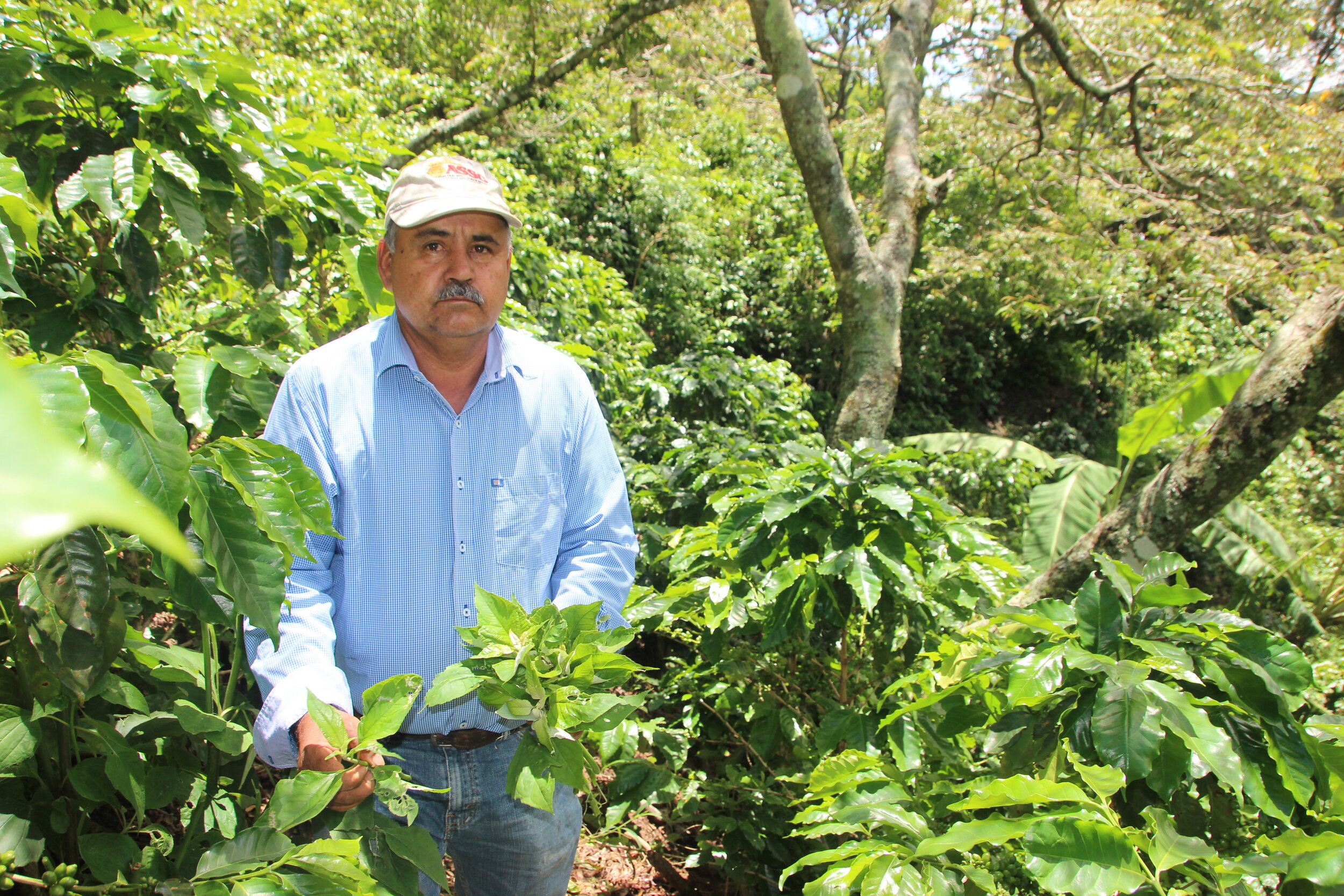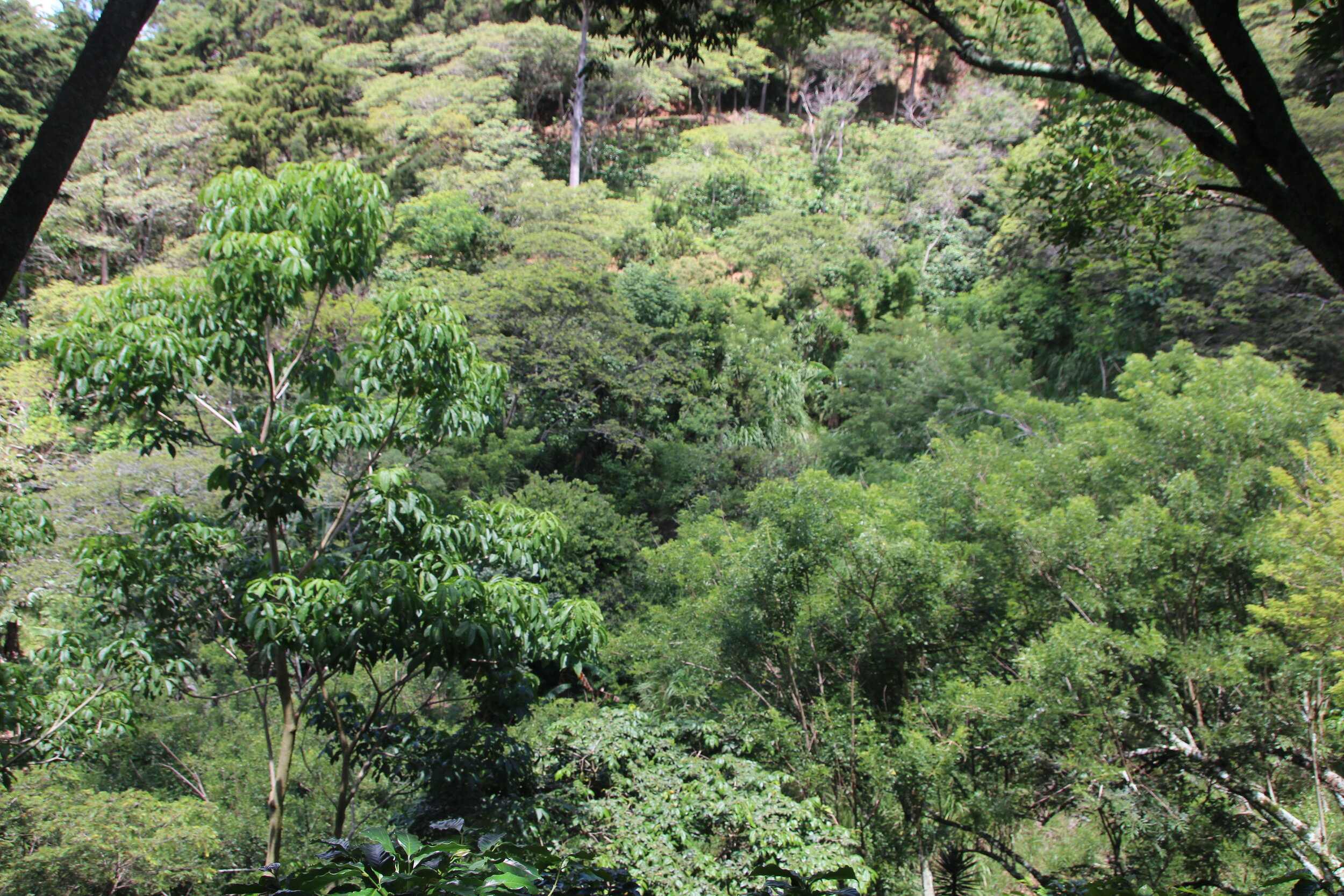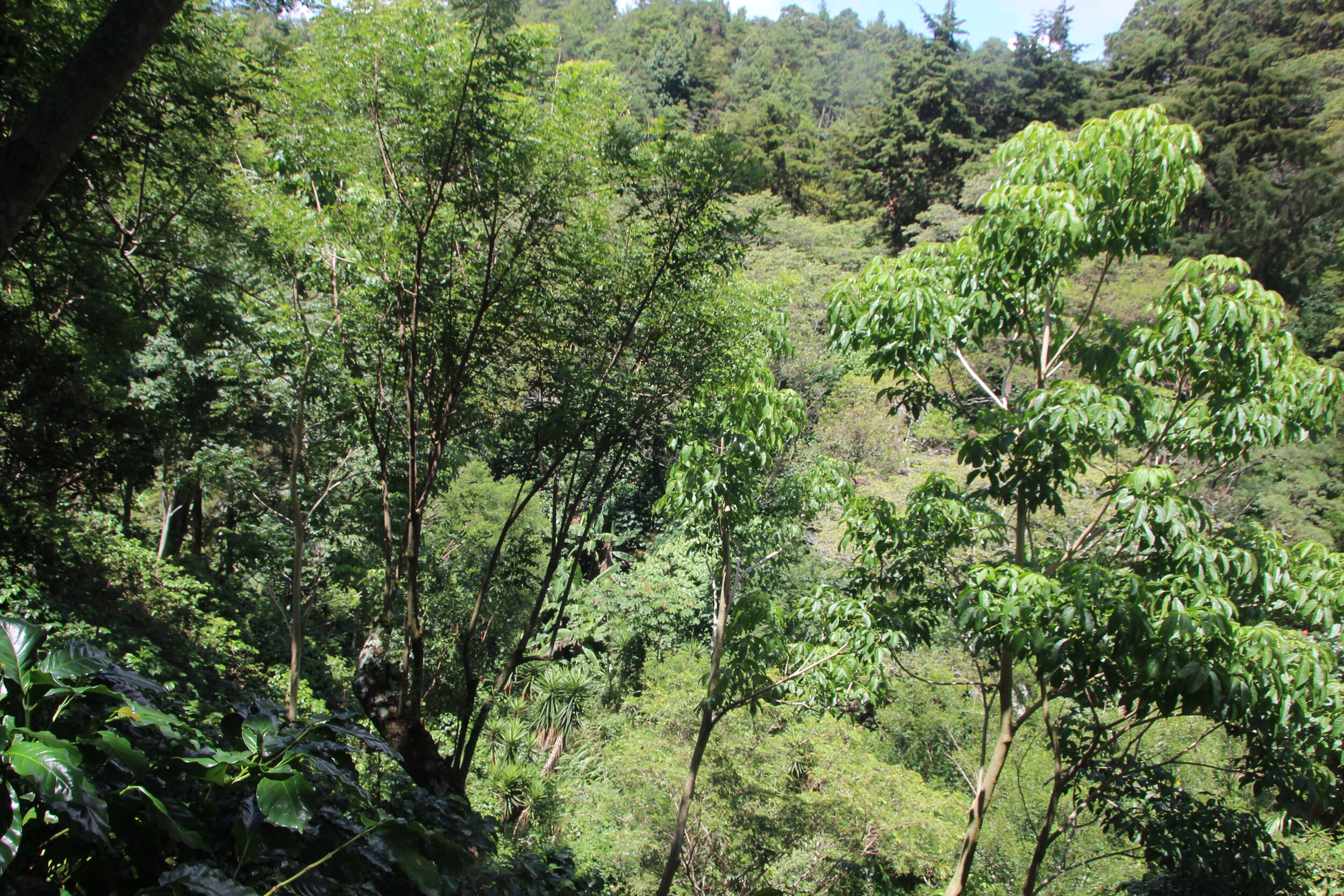Jaime Mauricio Ventura Rivera, Finca La Balastrera




I’ve been growing coffee all my life; I was practically born in my parent’s finca…
We always went there, even when I was a toddler, to play hide and seek or other games between the neat rows of plants. At the time, our finca seemed endlessly large, in my children’s vision and fantasy. In reality, it was a tiny plot of land, that barely allowed us to get by.
My father had learned to grow coffee from his own father. Back then, my grandparents mostly cultivated a varietal called ‘indio’, a regional arabica, and a bourbon that grew five, sometimes six meters high. They needed ladders to pick the beans! That’s hard to imagine nowadays.
Since 1986, I’m an independent producer, meaning that I grow coffee on my own small piece of land. My wife and I have only one daughter, Silvia. Like myself, Silvia grew up on our finca, and like myself, she fell in love with coffee before she could even read and write.
I vividly remember how she would sometimes get up in the middle of the night to sprinkle the plants that grow next to our house, when it hadn’t rained for a week or so, because she was afraid that they would die from drought. She thought my wife and I didn’t notice, but we could always hear the wood creaking where she walked, or how she nearly stumbled over the doorstep.
Now, Silvia is a licensed Q-grader, besides growing her own coffee. We are incredibly proud of her, and she is the one who helps me select my best beans and decide how to dry and prepare each micro-lot. It’s the only way for us to survive. Coffee prices are now consistently so low, that we would have been forced to stop if we hadn’t discovered the benefits of proposing high grade coffees to our partners.
The first year, I started with only 2 bags, as a trial, but I slowly shifted more and more toward premium and specialty quality, and in the 2019/2020 season I’ve prepared 30 bags of honey from two varieties: Parainema and IH-café90. The highest SCA score I have obtained so far was 87,5, but I am determined to keep fine-tuning my skills until I am able to do even better.
There are many obstacles to overcome as well. The zone where I cultivate my coffees is quite humid and cold, which makes drying the coffee challenging. I don’t have enough solar dryers because I still lack the money to build more, and I also have difficulties finding qualified people to work with me; people who are able to pick the best beans, who have the patience and expertise to help me with the drying and preparation. I also don’t have my own storage facilities yet, so I need to bring coffee to Cafesmo often to make sure that it is stored under the best conditions.
Anyway, in the more than thirty years that I have been growing coffee as an adult, we have overcome plagues, hurricanes, drought, torrential rains, and a multitude of other problems. So, no hurdle is too high and I am confident that we will continu to make progress in the preparation of great coffees.
Over the next five years, I am determined to convert my entire harvest into specialty grade coffee, make enough money to build sufficient solar dryers, build my own storage room, and diversify toward the varietals that give the best results for the specific climate, soil and circumstances of my plot of land. In the meanwhile, I will continu to nurture great working relationships with roasters from around the world, because in the end we have the same goals: combine our unique skills and expertise to offer the very best possible cup of coffee to our end-consumers. To make a living, of course, but even more so because it fills us with pride and joy.
Farm facts
I own 4 hectares of land and my daughter 2,5.
The dominant varietal is parainema, although we also cultivate 2 hectares of IH-cafe90, half a hectare of lempira, and a tiny bit of obata.
The land is located between 1231 and 1300 meter and shade is provided mainly by local trees like Copalchi, Gravillea, and Guamo.
Our fincas are certified Fair Trade and Organic.
This farm is Rain Forest Alliance certified.
